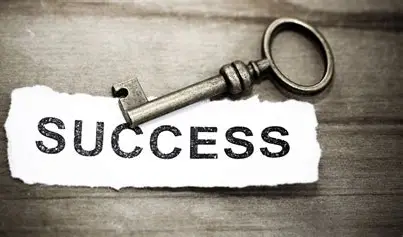How Can I Measure Meeting Success?

From Attendance to Impact: Metrics That Matter
We’ve all been in meetings that felt productive—but how do you actually know if they worked? Whether you’re leading a team, running a project, or improving operations, knowing how to measure meeting success is essential. Good meetings drive outcomes, save time, and increase alignment. Poor meetings drain energy and leave everyone wondering, “What was the point?”
Here’s how to measure meeting success using real, actionable metrics—not just gut feelings.
1. Action Item Completion Rate
The most direct sign of a successful meeting: Did people follow through on what was agreed?
To measure it:
-
Track all action items from the meeting
-
Check how many are completed on time
-
Calculate the percentage and review any delays
🔍 Example: If 8 of 10 tasks were completed by the next check-in, your action completion rate is 80%.
High completion rates show clear communication and ownership. Low rates might signal confusion, lack of accountability, or poorly scoped tasks.
2. Decision Quality and Follow-Through
Meetings are often decision-making engines. But decisions aren’t valuable unless they hold up after the meeting ends.
To evaluate:
-
Were key decisions made?
-
Did those decisions move the project forward?
-
Did they stick, or get reversed later due to lack of alignment or context?
You can also track the time between decision and implementation to spot blockers or indecision loops.
3. Participant Engagement
Engagement = attention + contribution. It’s a sign that people are present mentally, not just physically.
Ways to measure it:
-
Count how many attendees contributed or spoke
-
Use post-meeting polls or quick feedback forms
-
Track chat activity or interaction in digital meetings
-
Ask for qualitative feedback in retrospectives
Low engagement might point to unclear agendas, overlong meetings, or irrelevant attendees.
4. Time Efficiency
Are meetings using people’s time wisely?
Look at:
-
Was the meeting started and ended on time?
-
Did it run longer than needed?
-
Could it have been replaced by an email or shared doc?
Track the average length of recurring meetings and the ROI of time spent vs. outcomes achieved.
Tip: If meetings regularly run over, it may signal scope creep, unclear facilitation, or overstuffed agendas.
5. Agenda Adherence
Did the meeting stick to its plan?
You can measure:
-
How many topics were covered as scheduled
-
Whether time allocations were respected
-
If off-topic conversations took over
A well-followed agenda is a sign of preparation and facilitation strength.
6. Post-Meeting Feedback
The simplest way to measure meeting success is to ask participants.
Try quick surveys like:
-
“Was this meeting a good use of your time?” (Yes/No)
-
“What could we improve next time?”
-
“What was most useful or clear?”
Use tools like Slack polls, Google Forms, or built-in video call reactions.
7. Meeting-to-Outcome Ratio
This higher-level metric looks at how many meetings it takes to achieve a goal.
For example:
-
How many strategy meetings were required before a final decision?
-
How many project syncs before launch?
If it takes too many meetings to make a decision or take action, it's time to evaluate your process.
Final Thoughts
A successful meeting drives clarity, decisions, and action. By tracking metrics like action completion, engagement, and outcome quality, you turn meetings into a measurable part of your team’s productivity—not just a recurring block on the calendar.
Meetings aren’t free. The more we treat them as strategic tools—and not just habits—the more valuable they become.
- Arts
- Business
- Computers
- Παιχνίδια
- Health
- Κεντρική Σελίδα
- Kids and Teens
- Money
- News
- Recreation
- Reference
- Regional
- Science
- Shopping
- Society
- Sports
- Бизнес
- Деньги
- Дом
- Досуг
- Здоровье
- Игры
- Искусство
- Источники информации
- Компьютеры
- Наука
- Новости и СМИ
- Общество
- Покупки
- Спорт
- Страны и регионы
- World


